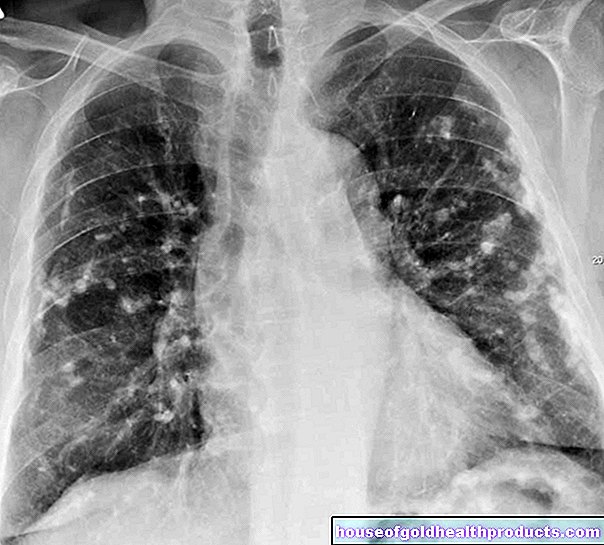Hearing test
Updated on All content is checked by medical journalists.With a hearing test, also called audiometry, the function of the hearing is checked with various examination methods. Among other things, the sensitivity and resolution of the hearing organ are recorded. This gives the ENT doctor precise information about the location and extent of hearing impairment. Read everything about the hearing test here.

What is a hearing test?
A large number of examination methods are available to test the functionality of the hearing. A distinction is made between subjective tests, in which the patient has to cooperate, and objective tests, which run without the patient's active cooperation. The most common subjective hearing tests are:
- Tuning fork test (Weber and Rinne test)
- Speech audiometry
- Tone threshold audiometry (tone audiometry)
- supra-threshold test procedures (Fowler, SISI or Lüscher test)
A subjective hearing test can only be performed on patients who are awake, responsive and able to express themselves clearly. The objective test methods are more suitable for restricted patients (for example with dementia) or for small children. This includes:
- Impedance audiometry (tympanometry, stapedius reflex measurement)
- otoacoustic emissions (OAE)
- Brainstem evoked response audiometry (BERA)
Tuning fork test
Even simple listening tests with a tuning fork provide the first information. The most common methods are the Weber test and the Rinne test. With these, the doctor can often decide whether the patient's transmission of sound (sound conduction disturbance) or the sound sensation is disturbed.
Speech audiometry
Speech audiometry is the only hearing test that tests understanding of words. So it is not about the ability to still perceive a certain volume, but about still understanding speech when there is a lot of background noise. As a rule, the so-called “Freiburg language test” is used for this purpose. The prerequisite is that the patient has mastered the German language.
Tone audiometry in the hearing threshold range
The tone audiogram is used to determine the patient's individual hearing threshold. This is the limit of perception in which the patient can just barely perceive the sound of a certain frequency. With this hearing test, the doctor checks the functionality of the inner ear.
Tone Audiometry: Supra-Threshold Testing
The healthy inner ear has the ability to amplify quieter sounds and attenuate very loud sounds. The loss of this ability is often problematic for those affected, as soft tones are no longer perceived and loud tones are perceived as very unpleasant.
The ENT doctor uses the so-called supra-threshold tests to check the leveling of volume levels: These are examination procedures in which the sounds offered are so loud that they can be clearly perceived by the patient. These include, for example, the so-called Fowler test, the SISI test (Short Increment Sensiticity Index, sensitivity for short volume increases) and the Lüscher test.
Impedance audiometry
With impedance audiometry, the doctor measures the acoustic resistance of the eardrum, i.e. the proportion of sound that is reflected back by the eardrum. This hearing test is used to diagnose middle ear damage such as torn eardrum. It consists of two procedures:
- Tympanometry (measurement of resistance depending on the pressure in the ear canal)
- Measurement of the stapedius reflex
The so-called stirrup is one of the three ossicles of the middle ear. It transmits the sound energy that hits the eardrum from the middle ear to the inner ear. There is a small muscle on the stapes, the stapedius muscle, which pulls the bones away from the eardrum when there are very loud noises in order to prevent it from being passed on. This is known as the stapedius reflex.
Otoacoustic Emissions (OAE)
Otoacoustic emissions are the softest, inaudible tones that are emitted from the ear. They arise on the outer hair cells in the ear: These resonate with soft tones in order to amplify the signal and pass it on to the inner hair cells, where actual hearing takes place.
The outer hair cells also emit their own tones when they vibrate, which are radiated outwards through the ear and can be measured in the ear canal with a microphone probe. A distinction is made between the following types of OAE:
- spontaneous OAE (soft continuous tones that are emitted without a stimulus)
- transitory evoked OAE (development after brief stimuli)
- OAE of distortion tones
Transient evoked OAE and OAE of distorted tones are no longer detectable in the hearing test after a certain hearing loss.
Brain stem audiometry (BERA)
This hearing test checks how well the auditory nerve and the area of the brain responsible for hearing respond to stimuli. To do this, the doctor measures the electrical activity of the nerves and the brainstem, much like measuring electrical activity in an EKG of the heart. Brain stem audiometry can also be used in sleeping, comatose, or anesthetized patients.
When do you take a hearing test?
A hearing test is always carried out if there are difficulties in perceiving tones and noises. A hearing loss, ringing in the ears (tinnitus) or dizziness also require a functional test of the hearing. A regular hearing test is particularly important for occupational medical examinations of people who are exposed to loud noise at work.
For adults, the hearing test is part of the annual health check-up. In children, a hearing test is usually carried out at every preventive medical examination up to the age of nine to ten years.
What do you do in a hearing test?
The various examination procedures differ in their sequence.
Hearing tests using a tuning fork
In the Weber hearing test, the doctor strikes a tuning fork and places it on the center line of the skull. The sound is now transmitted to the ear via the skull bones. If the patient hears the tuning fork tone equally loud on both sides, he is healthy or the hearing impairment exists equally in both ears. If the sound is perceived louder on one side, either the sound conduction on this ear or the sound sensation on the other side is damaged.
In the Rinne test, the doctor compares the air and bone conduction of the ear. To do this, he strikes a tuning fork and places it on the temporal bone just behind the ear. Now the patient hears the sound through the bone conduction. As soon as he no longer perceives it, the doctor holds the tuning fork, which is still swinging, in front of his ear. Now the patient should be able to hear the tuning fork sound better, otherwise there may be a sound conduction disorder.
Speech audiometry
Predefined numbers or words are read to the patient via headphones. The doctor enters the number of words or numbers understood as a percentage value in a so-called speech audiogram, depending on the sound pressure level used.
Tone audiometry in the hearing threshold range
In this hearing test, each ear is tested separately. Using a tone generator, tones in different heights (frequencies) are played to the patient via headphones. The doctor varies the volume of these, starting with a very low tone. The patient indicates as soon as he can hear the sound. The different pitches are entered together with their audible frequency in a so-called tone audiogram. Based on this, the doctor explains the individual findings to the patient.
Tone audiometry: supra-threshold hearing tests
The Fowler test is suitable for one-sided hearing disorders: The doctor compares the volume perception of the damaged ear with that of the other. To do this, he plays a note to the patient for half a second on one side and then on the other. The patient perceives the sound in the damaged ear as louder because the adaptation in the inner ear does not work. Now the doctor adjusts the volume level of the healthy ear until the patient hears both tones at the same level. The doctor enters the level values in a special diagram.
The SISI test, on the other hand, is suitable for bilateral inner ear disorders.The doctor uses a special audiometer to test the ability of hearing to differentiate between volume changes. Every five seconds the device increases the volume by one decibel. The patient indicates when the sound has become louder.
The Lüscher hearing test is very similar: Here the doctor looks for the smallest value at which the patient can just barely notice a change in volume. To do this, it changes the volume of a tone every 250 milliseconds. As soon as the patient feels a change in volume, he notifies the doctor.
Impedance audiometry (tympanometry, stapedius reflex measurement)
By gently pulling the auricle backwards, the doctor stretches the ear canal and inserts an ear canal probe. This probe consists of a loudspeaker, a microphone for measuring the reflected sound component and a pressure tube that regulates the pressure in the ear canal. The probe seals the auditory canal from the outside and records a tympanogram: To do this, the pressure in the external auditory canal is increased until it is the same as behind the eardrum. Under these conditions, the proportion of reflected sound is lowest and the doctor can determine the pressure in the inner ear.
This is followed by the stapedius reflex measurement: With the same probe as in tympanometry, a tone is emitted at different frequencies and the volume is increased until the stapedius reflex is triggered.
Hearing test with otoacoustic emissions (OAE)
As with impedance audiometry, the doctor inserts a sensitive stimulus and measurement probe into the patient's ear canal. This probe emits soft clicking sounds that are directed into the inner ear. The outer hair cells react to this and start to vibrate. The resulting tones are emitted to the ear canal and registered by the probe. If no or only a very weak signal is detected, this can indicate a disruption of the sensory cells in the ear.
Brain stem audiometry (BERA)
For the brainstem audiometry, the doctor attaches three electrodes to different places on the patient's head. It is not necessary to shave the hair on the head! Various tones are played through headphones and the resulting stimuli are transmitted from the auditory nerve to the auditory center in the brain, where they are processed. The electrodes measure the resulting brain activity.
What are the risks of a hearing test?
There are no risks or side effects for the patient with any of the hearing test methods. In the subjective hearing tests, insufficient cooperation on the part of the patient can lead to incorrect results, so that a hearing impairment is not discovered and treated.
What do I have to consider after a hearing test?
Since the hearing test is a simple and safe examination, you do not need to observe any precautionary measures afterwards. As a rule, the doctor can explain the results and make a diagnosis directly after the hearing test. In the event that you have been diagnosed with hearing impairment, your doctor will explain the treatment options, such as providing you with a hearing aid.
Tags: organ systems dental care smoking
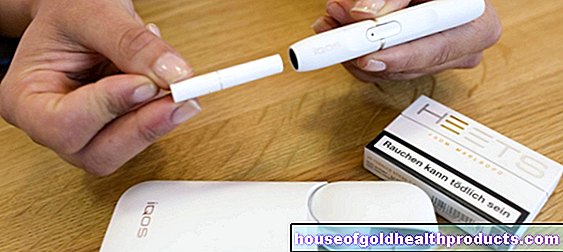



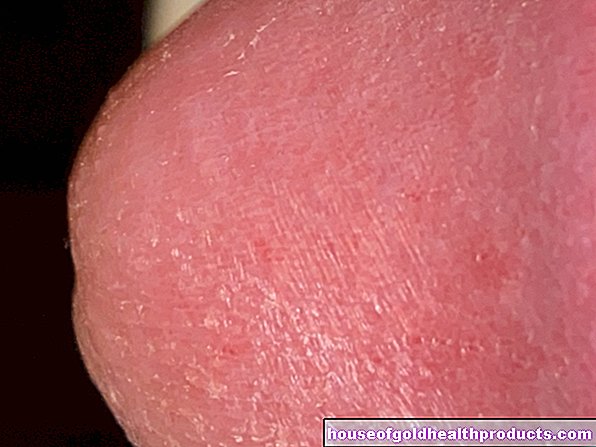
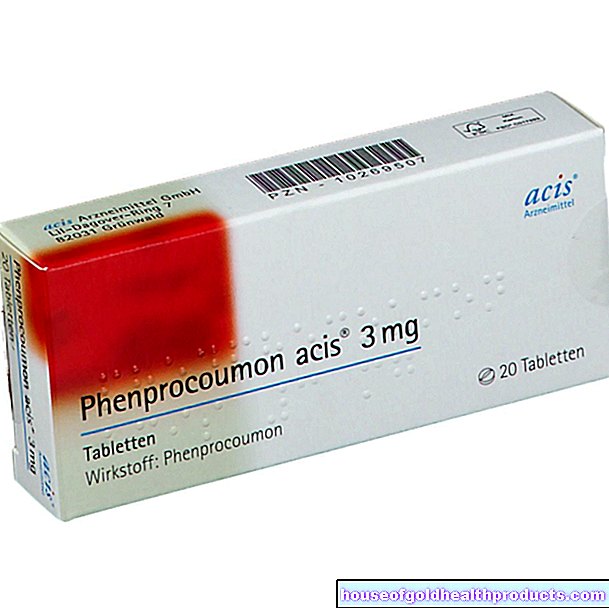
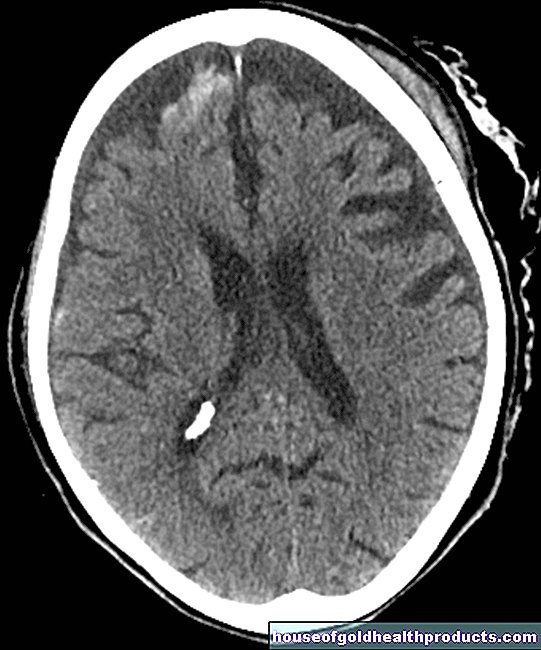

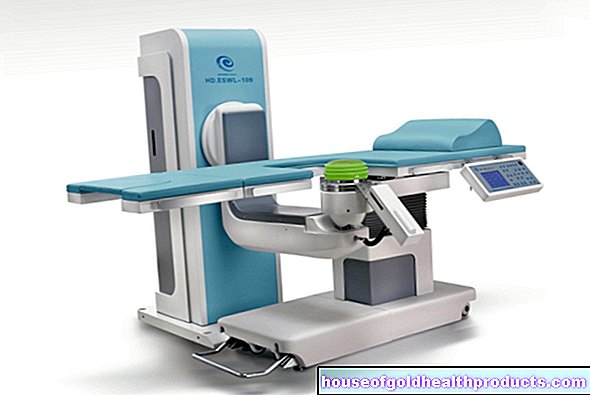


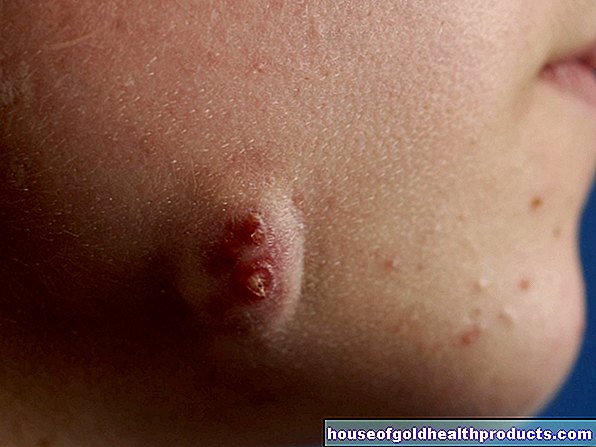
-nachrichten-aus-der-rhre.jpg)
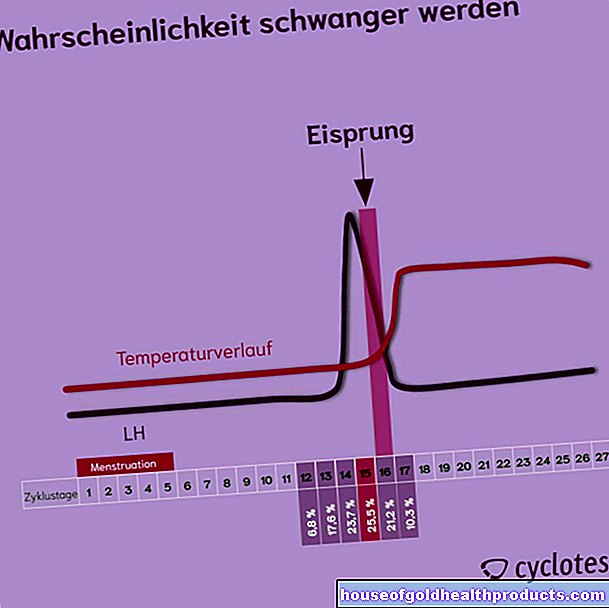



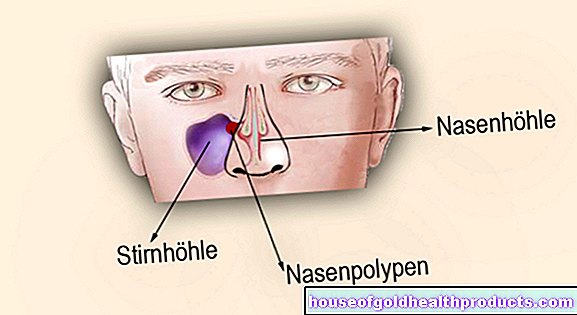



.jpg)





